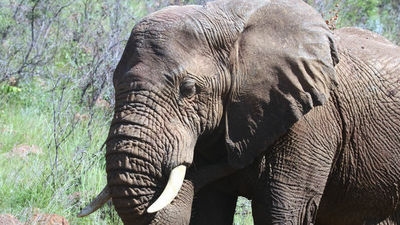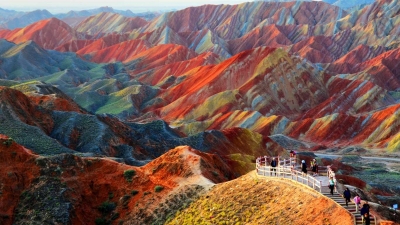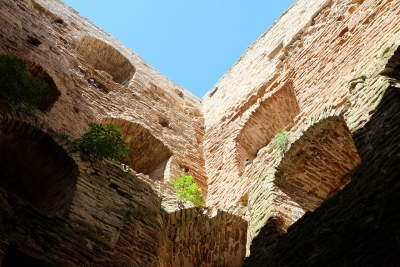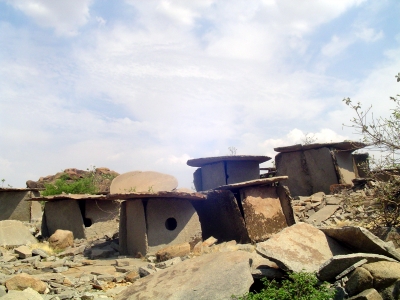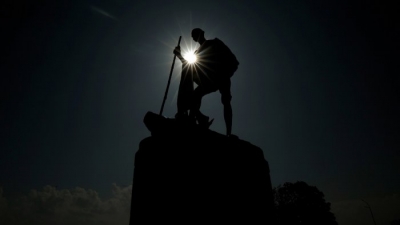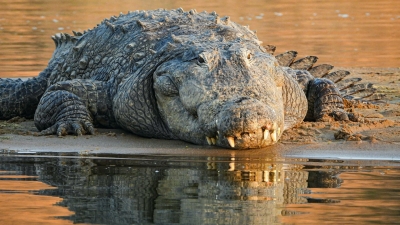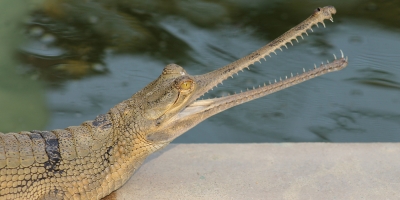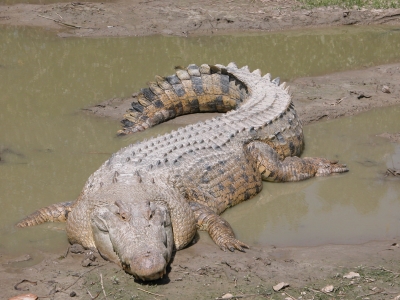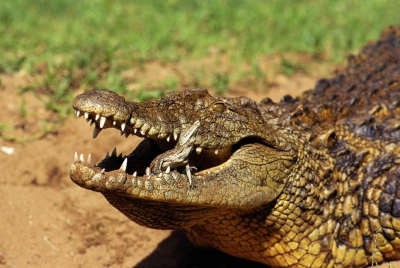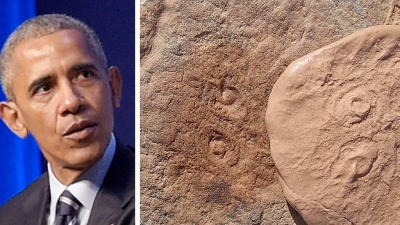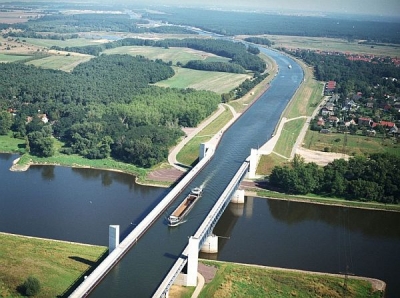Scientists discover 91 volcanoes below Antarctic ice sheet
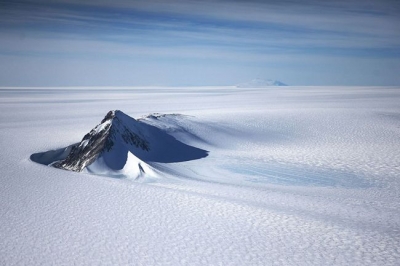
Western Antarctica is now home to the densest concentration of volcanoes in the world after scientists uncovered 91 volcanoes 2 km beneath the continent's thick ice sheet. The discovery raises the volcano tally on the icy continent to 138. The volcanoes range in height from 100 to 3,850 metres and are covered in ice, which sometimes lies in layers that are more than 4 km thick.
They are concentrated in the west Antarctic rift system, which stretches 3,500 km from Antarctica's Ross Ice Shelf to the Antarctic Peninsula. If only one of these volcanoes were to erupt, the west Antarctic fragile ice sheets could collapse with serious environmental consequences.
The discovery is particularly important because the activity of these volcanoes could have crucial implications for the rest of the planet. If one erupts, it could further destabilise some of the region’s ice sheets, which have already been affected by global warming. Meltwater outflows into the Antarctic ocean could trigger sea level rises. “We just don’t know about how active these volcanoes have been in the past,” Bingham said.
However, he pointed to one alarming trend: “The most volcanism that is going in the world at present is in regions that have only recently lost their glacier covering – after the end of the last ice age. These places include Iceland and Alaska.
Picture Credit : Google
